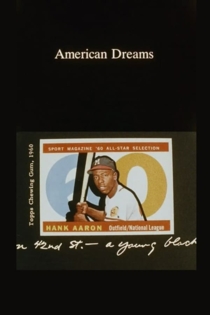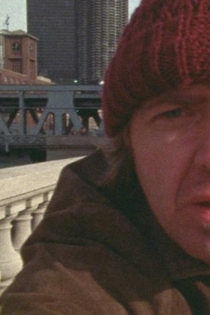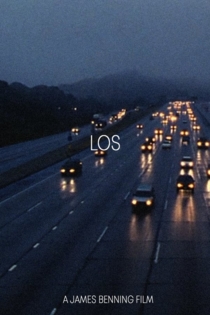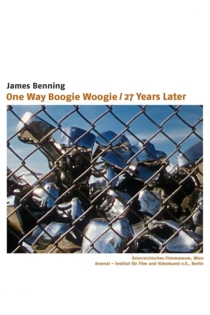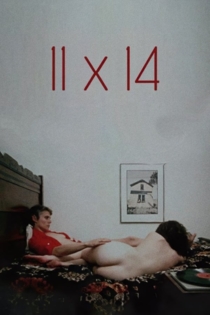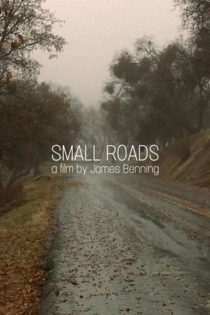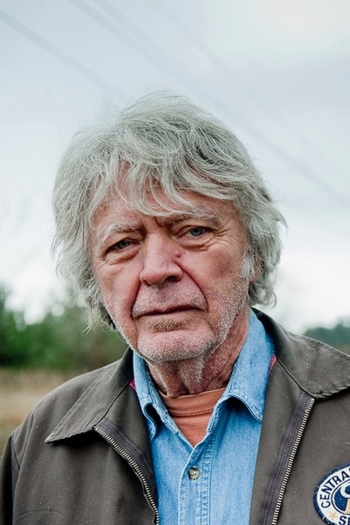
James Benning
1942 (82 года)8½ x 11
James Benning
"Benning's landscape works, with their meticulous, reverential compositions, have been located in the history of American realist painting and photography, and also belong to the tradition of American nature writing...The formal elegance of the compositions somehow becomes surreal over time, as we look into, instead of at, the place. This tendency locates Benning in the history of experimental filmmakers concerned with interrogating visual perception." - Danni Zuvela
8½ x 11

James Benning: Circling the Image
Reinhard Wulf
James Benning
The American filmmaker James Benning has been one of the outstanding exponents of the structural film since the mid-1970s. Bennings artistic position has been strongly influenced by mathematics and by the creativity of mathematical thinking. With his new project 13 Lakes, James Benning goes one step further towards reducing things to a minimum. The film focuses on thirteen large American lakes (including Salton Sea, Lake Powell, and Lake Michigan) along with their geographical and historical relationship to the landscape. This documentary film was occasioned by 13 Lakes, and was shot in California, Arizona, and Utah. It accompanies the artist for a week as he searches for locations and as he films the first two shots for his own film.
James Benning: Circling the Image
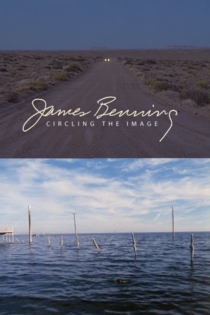
RR
James Benning
Looping, chugging and barreling by, the trains in Benning's latest monumental film map a stunning topography and a history of American development. RR comes three decades after Benning and Bette Gordon made The United States of America (1975), a cinematic journey along the country’s interstates that is keenly aware “of superhighways and railroad tracks as American public symbols.” A political essay responding to the economic histories of trains as instruments in a culture of hyper-consumption, RR articulates its concern most explicitly when Eisenhower's military-industrial complex speech is heard as a mile long coal train passes through eastern Wyoming. Benning spent two and a half years collecting two hundred and sixteen shots of trains, forty-three of which appear in RR. The locomotives' varying colors, speeds, vectors, and reverberations are charged with visual thrills, romance and a nostalgia heightened by Benning's declaration that this will be his last work in 16mm film.
RR
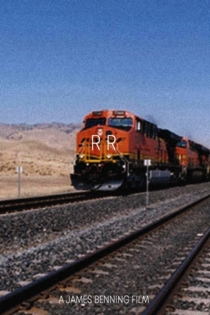
El Valley Centro
James Benning
Experimental filmmaker James Benning returns with this abstract documentary about California's Central Valley, part 1 of his "California Trilogy". Consisting of 35 shots, each over two minutes long, the film quietly portrays nature's subjugation to encroaching commercial interests. This film was screened at the 2000 Sundance Film Festival.
El Valley Centro
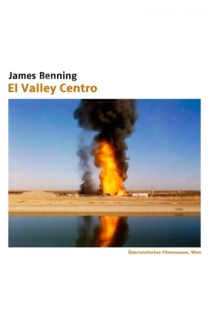
Stemple Pass
James Benning
Theodore John Kaczynski
Four landscape shots containing a replica of Ted Kaczynski’s cabin, one shot per season. On the soundtrack, Benning reads extracts from Kaczynski’s journals from the early 1970s, recording his progress at hunting and gathering, and his connection to the Montana wilderness; a hand-written folded sheet of paper detailing his acts of “monkey wrenching” and first attempts at planting bombs; two notebooks written in numerical code in 1985 and decoded by Benning in 2011; two excepts from Industrial Society and Its Future by "FC" (aka the Unabomber Manifesto) as published in The New York Times and The Washington Post in 1995; and a 2001 interview with Kaczynski by J. Alienus Rychalski, special correspondent for the Blackfoot Valley Dispatch.
Stemple Pass
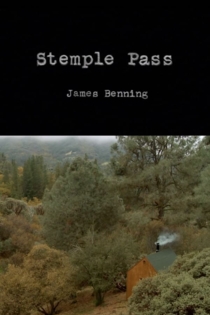
Landscape Suicide
James Benning
Rhonda Bell, Elion Sucher
Benning continues his examination of Americana in this film through the stories of two murderers. Ed Gein was a Wisconsin farmer and multiple murderer who taxidermied his victims in the 1950s. Bernadette Protti was a California teenager who stabbed a friend to death over an insult in 1984.
Landscape Suicide
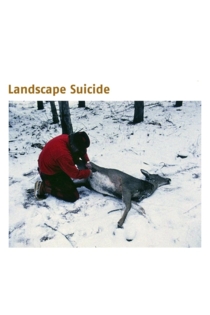
Grand Opera: An Historical Romance
James Benning
Hollis Frampton, Owen Land
Grand Opera marks a stock-taking of Benning's work and his life, presenting a personal and artistic autobiography woven together with a series of events dealing with the historical development of the number pi, Benning's travels, and homages to Michael Snow, Hollis Frampton, George Landow (Owen Land), and Yvonne Rainer.
Grand Opera: An Historical Romance

Spring Equinox
James Benning
As we ascend a mountain, we move backwards in time. Like most of Benning's films, Spring Equinox is at once direct and mystical. Simple images and landscapes become charged with meaning. As the film develops, changes in altitude and time give way to subtle shifts in light and texture; the result is as thrilling as it is breathtakingly beautiful.
Spring Equinox

American Dreams (Lost and Found)
James Benning
Scrolling excerpts from the diary of George Wallace's would-be assassin Arthur Bremer at screen bottom, Hank Aaron cards and ephemera from his entire career up top, and alternating audio clips of popular songs and highlights from the news throughout Aaron's career.
American Dreams (Lost and Found)
